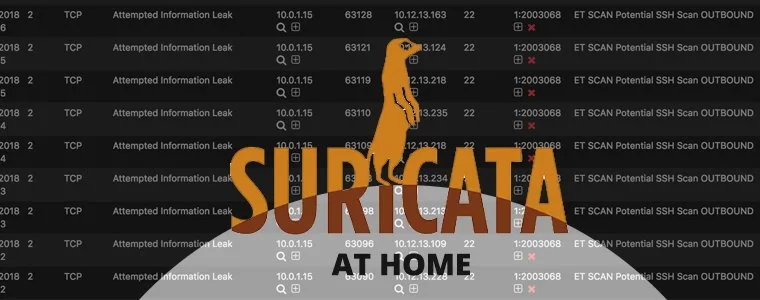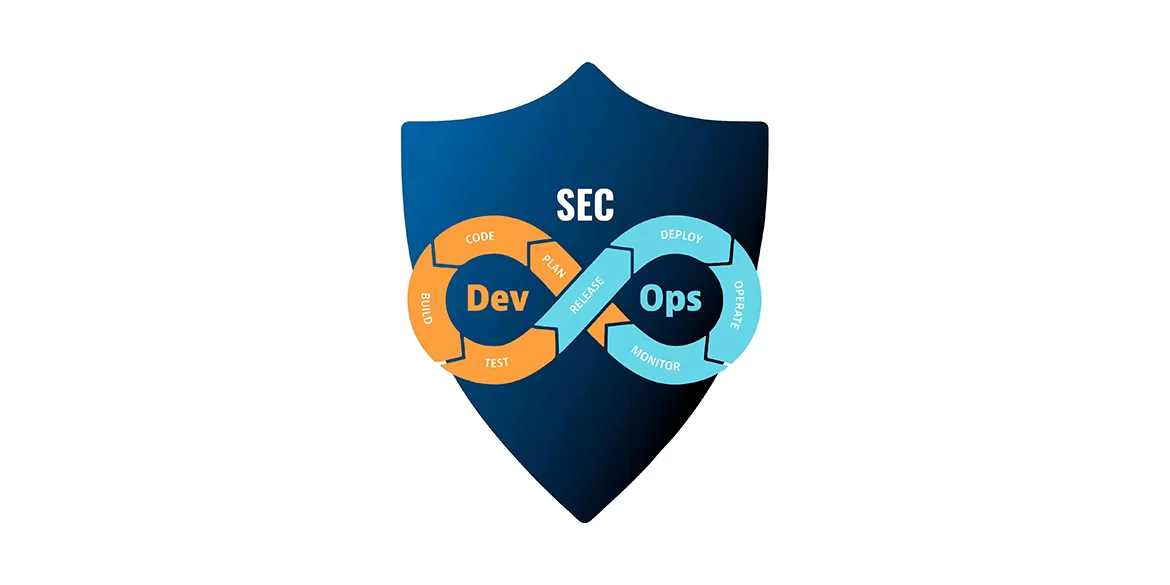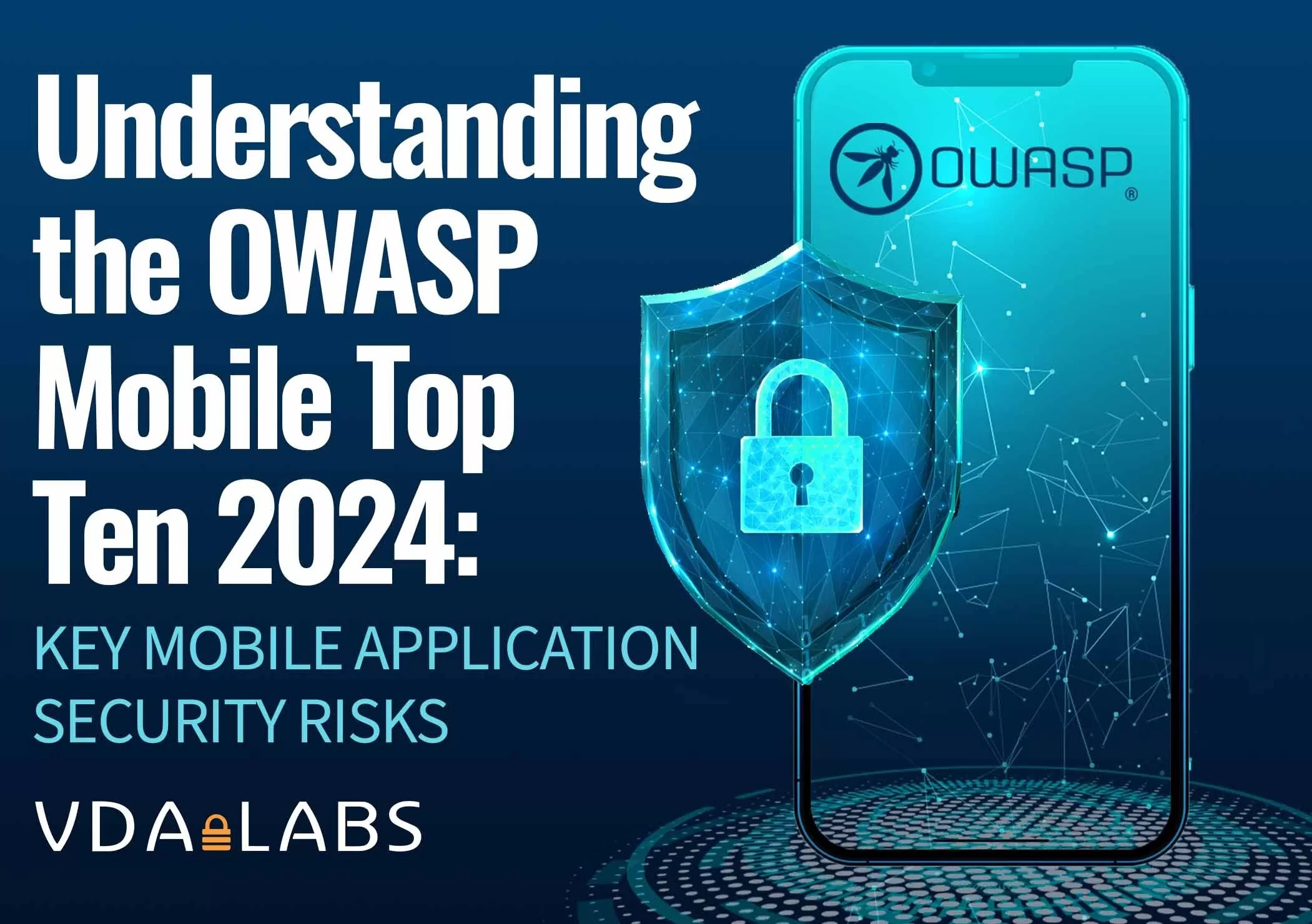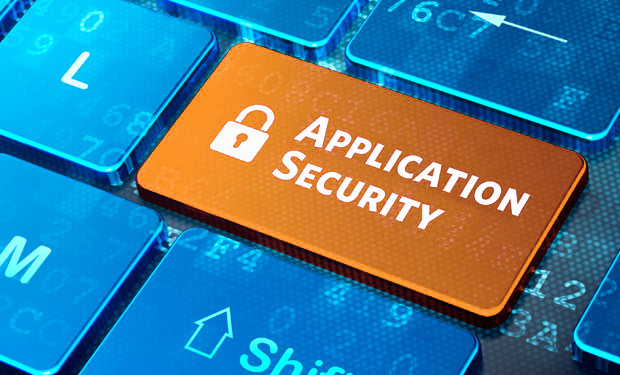
Supervisory Control and Data Acquisition (SCADA) systems play a pivotal role in managing and controlling critical infrastructure such as power grids, water treatment plants, and manufacturing facilities. As these systems become increasingly interconnected, the need for robust cybersecurity measures to safeguard against potential threats becomes paramount. In this article, we will delve into cybersecurity best practices aimed at securing SCADA environments.
Understanding SCADA Systems
SCADA systems are designed to monitor and control industrial processes, providing real-time data and remote access to operators. While this connectivity enhances operational efficiency, it also exposes these systems to cyber threats. Cybersecurity in SCADA environments must address the unique challenges posed by the convergence of information technology (IT) and operational technology (OT).
- Risk Assessment and Asset Inventory: Conducting a comprehensive risk assessment is the first step in developing a robust cybersecurity strategy for SCADA environments. Identify and catalog all assets, including hardware, software, and network components. Understanding the vulnerabilities and potential impact of each asset enables organizations to prioritize security efforts.
- Network Segmentation: Implementing network segmentation is crucial to limit the potential impact of a security breach. By dividing the SCADA network into isolated segments, organizations can contain and prevent the lateral movement of cyber threats. This ensures that even if one segment is compromised, the rest of the system remains secure.
- Secure Communication Protocols: Choose and enforce secure communication protocols to protect data in transit. Implementing encryption, such as using Virtual Private Networks (VPNs) or secure communication channels, ensures that sensitive information remains confidential and integral during transmission.
- Access Control and Authentication: Strict access controls and robust authentication mechanisms are essential in preventing unauthorized access to SCADA systems. Implement role-based access control to restrict privileges based on job responsibilities. Multi-factor authentication adds an additional layer of security by requiring multiple forms of verification.
- Regular Software Updates and Patch Management: Keep SCADA software and systems up-to-date by applying patches and updates regularly. Many cyber threats exploit known vulnerabilities, and timely updates are critical to closing these security gaps. Establish a systematic approach to patch management to minimize the window of vulnerability.
- Anomaly Detection and Monitoring: Deploy intrusion detection and prevention systems to monitor SCADA network traffic for unusual patterns or behavior. Anomaly detection tools can identify potential security incidents in real-time, enabling prompt response and mitigation.
- Incident Response Plan: Develop and regularly test an incident response plan specific to SCADA environments. In the event of a cybersecurity incident, a well-defined response plan can minimize downtime and mitigate the potential impact on critical operations. Ensure that the plan includes communication protocols, roles and responsibilities, and a post-incident analysis.
- Employee Training and Awareness: Human error remains a significant factor in cybersecurity incidents. Provide regular training to SCADA operators and other personnel on cybersecurity best practices. Increasing awareness of phishing attacks, social engineering, and other common tactics can empower employees to be vigilant against potential threats.
Securing SCADA environments requires a multi-faceted approach that combines technological solutions with comprehensive policies and procedures. By proactively addressing potential vulnerabilities, implementing robust access controls, and fostering a culture of cybersecurity awareness, organizations can fortify their critical infrastructure against the evolving threat landscape. As SCADA systems continue to evolve, staying ahead of cyber threats is not just a best practice; it’s a necessity for ensuring the reliability and resilience of essential services.











